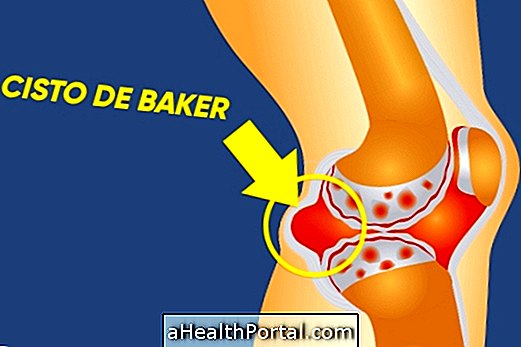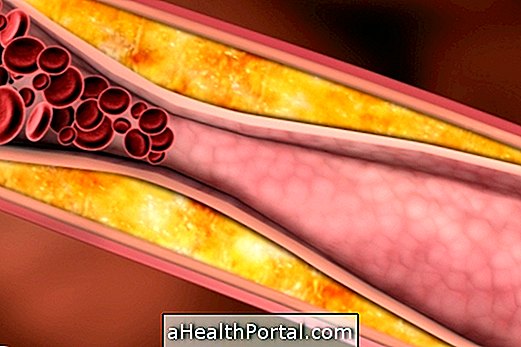The treatment of pre-eclampsia seeks to ensure the safety of the mother and the baby, and takes into consideration the severity of the disease, the time of pregnancy and the clinical conditions observed during the evaluation of the obstetrician. Usually, rest is indicated by the obstetrician, constant evaluations of the state of the baby, use of antihypertensive drugs such as Hydralazine or Methyldopa, and, in more serious cases, anticipation of childbirth.
It usually occurs after the 20th week of pregnancy in about 7 per 100 pregnant women, being more common in the first gestation or in the woman who already had previous hypertension, and can cause signs and symptoms such as high blood pressure, generalized swelling, presence of protein in the urine, headache, blurred vision or changes in blood tests. To learn more about how to identify pre-eclampsia and its types, check out symptoms of ore-eclampsia.
The main forms of treatment are indicated by the obstetrician, and include:

1. Light preeclampsia
In this case, it is usually oriented:
- Regular diet without salt restriction;
- Rest;
- Measurement of blood pressure and amount of protein in urine daily;
- Medical reassessment at least 2 times a week.
If there is worsening of the disease in the period, hospital admission and assessment of anticipation of delivery is indicated.
2. Severe pre-eclampsia
The main form of treatment, in this case, is the anticipation of delivery, the cesarean type, in case of gestational age greater than 34 weeks.
Before this time, observation can be made if the mother and baby have a stable, undiagnosed clinical picture, with adequate blood pressure control, and if there are no serious changes, such as impaired liver, kidney, heart, or brain function .
The use of antihypertensives such as Hydralazine or Methyldopa may also be recommended if the pressure is too high and difficult to control.

Possible Complications
Some of the complications that pre-eclampsia can cause are:
- Eclampsia : This is a more serious picture of pre-eclampsia, where there are repeated episodes of seizures, followed by coma, which can be fatal if left untreated. Learn how to identify and treat and eclampsia;
- HELLP syndrome : another complication characterized by the presence of destruction of blood cells, with anemia, hemoglobins below 10.5%, and platelet fall below 100, 000 / mm3, in addition to the symptoms of eclampsia, besides the elevation of liver enzymes, with TGO above 70U / L. Learn more details about this syndrome;
- Bleeding : occurs due to the destruction and decrease of the number of platelets, and impairment of coagulation capacity;
- Acute lung edema : a situation in which there is collection of fluid in the lungs;
- Insufficiency of the liver and kidneys : which may even become irreversible;
- Prematurity of the baby : a situation that, if it is serious and without the adequate development of its organs, can leave sequels and compromise its functions.
These complications can be avoided if the pregnant woman does adequate follow-up and prenatal care during this important period, since the disease can be identified at the beginning and treatment can be done as soon as possible.
The woman who has had pre-eclampsia may become pregnant again, and it is important that the prenatal care be done rigorously, according to the guidelines of the obstetrician.

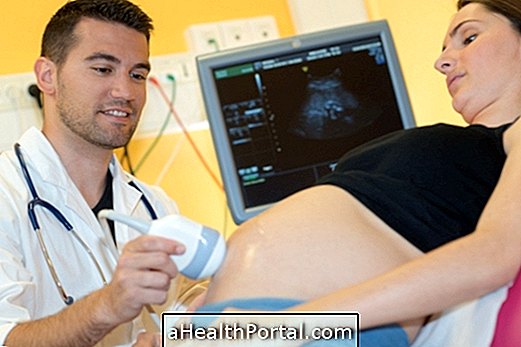
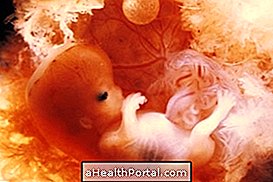
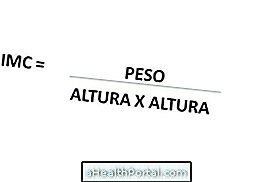




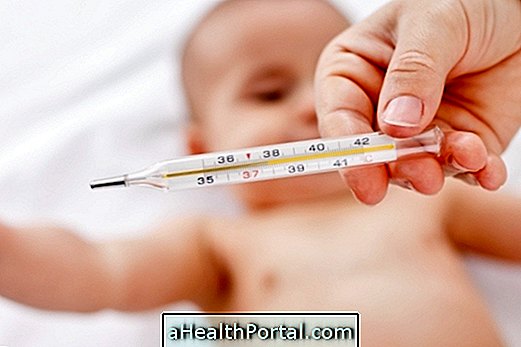


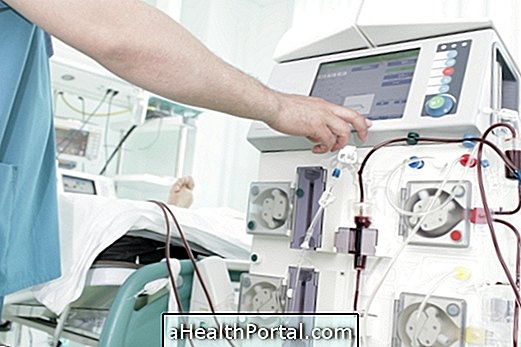
-o-que--sintomas-e-tratamento.jpg)






